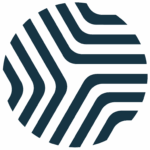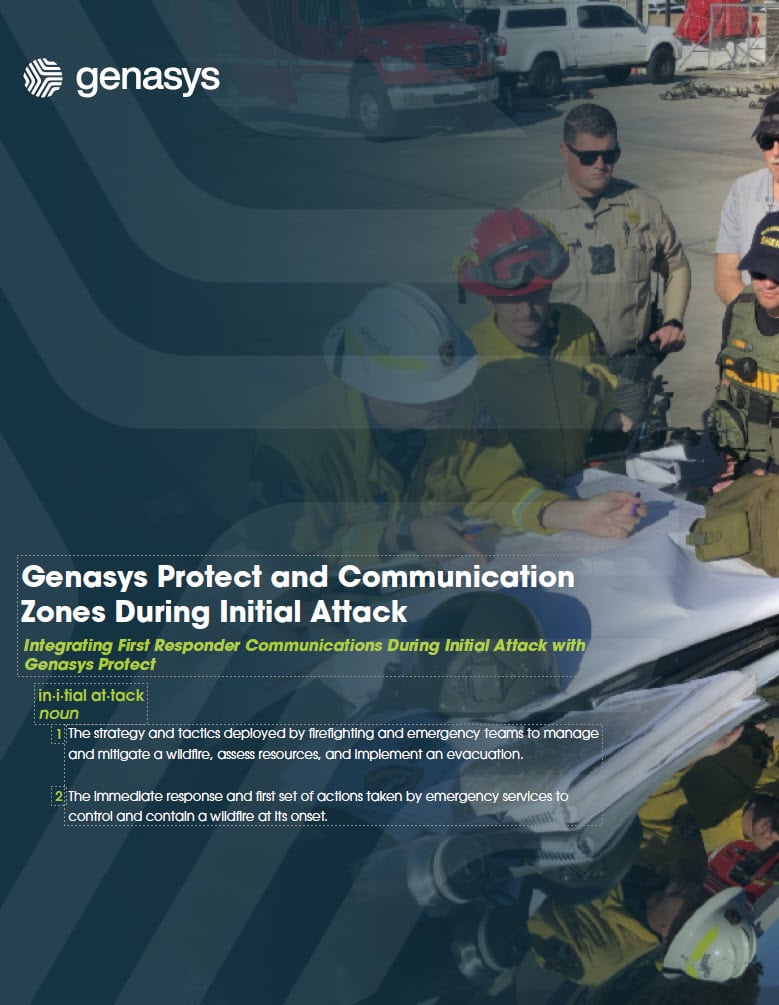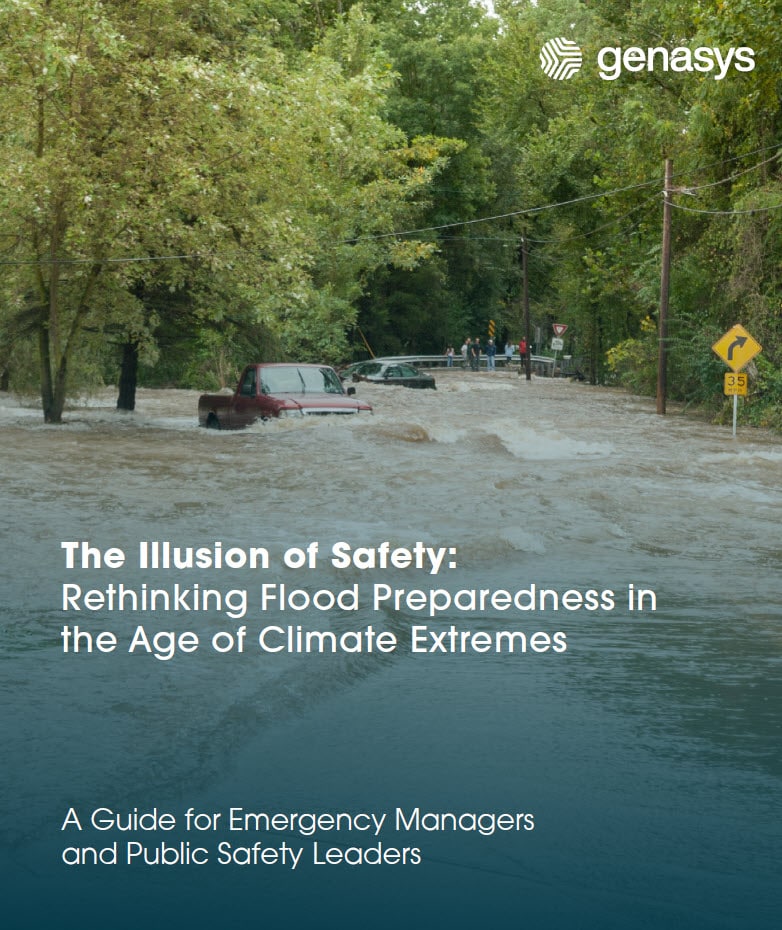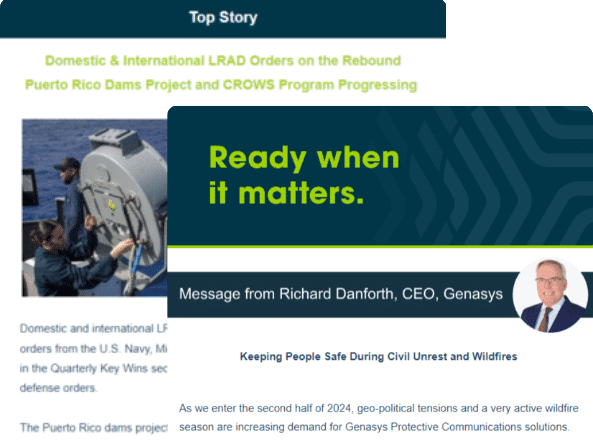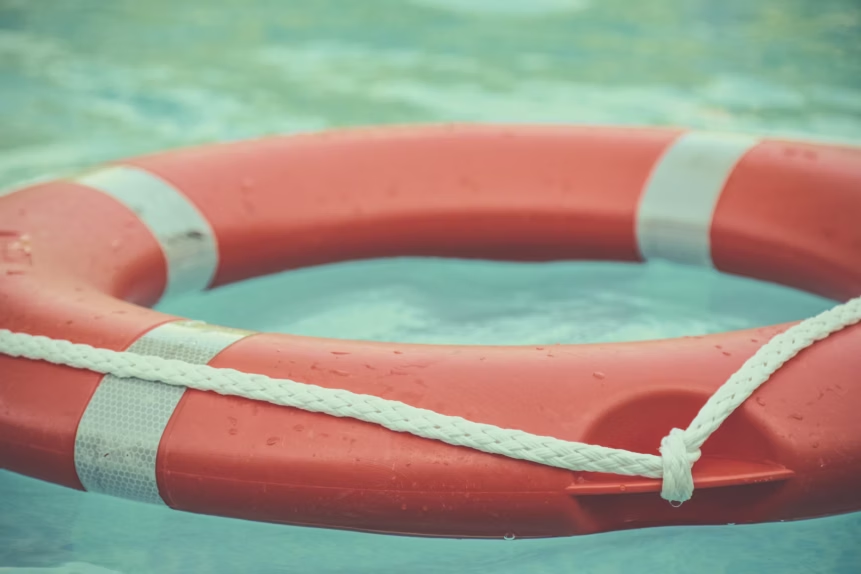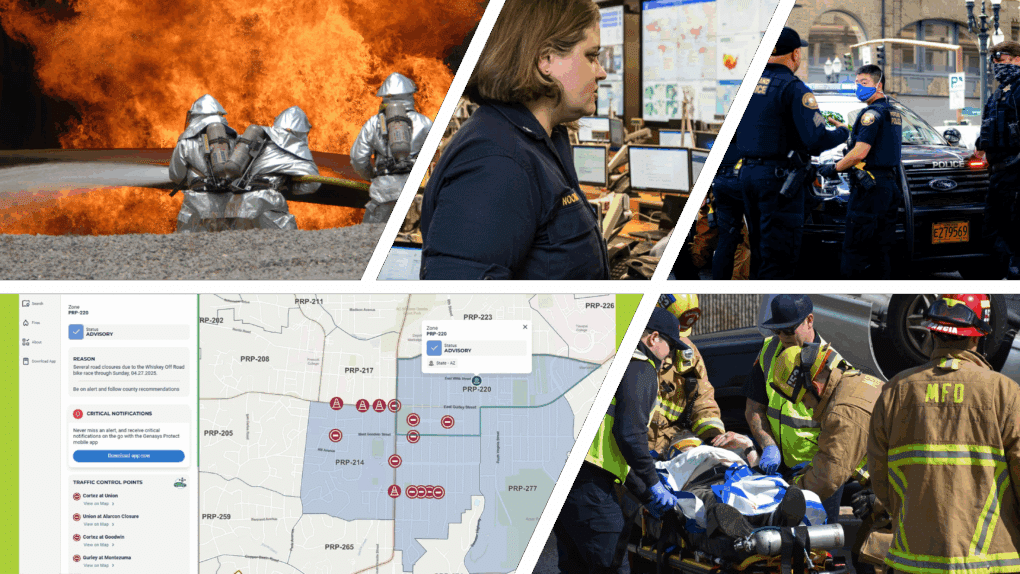By Adam Stewart, MSCE, EI
In areas prone to natural disasters and infrastructure failures, dam safety is critical! The consequences of dam failures can be catastrophic, leading to loss of life, significant property damage, and long-term environmental impacts.
Effective emergency communications are paramount to mitigate these risks and protect communities. Best practices for emergency communications during dam failures should focus on strategies that save lives, allow for coordinated responses from emergency personnel, and ensure swift, efficient responses.
Understanding the Risks with Dam Failure Planning
Effective dam failure planning begins with a comprehensive understanding of the potential risks involved. Dams can fail due to various reasons, including structural issues, natural disasters like earthquakes and floods, or human error. When a dam fails, the rapid release of water can create a danger zone that extends miles downstream, posing immediate threats to lives and properties.
Emergency communication systems play a crucial role in managing these risks. Implementing a robust mass notification system is essential for timely alerts and evacuations. Public safety technology offers real-time communication capabilities to warn, and guide affected populations swiftly.
Assessing public risk through continuous monitoring and regular maintenance of dam structures also forms a core part of the planning process, ensuring that potential issues are identified and addressed before they escalate.
Best Practices for Effective Emergency Communications
In the event of a dam failure, clear and effective communication can mean the difference between life and death. Best practices for emergency communications involve several key components.
First, establishing an early warning system is vital. This system should be capable of reaching all individuals within the warning zone quickly. Utilizing multiple communication channels, including sirens, mobile alerts, and public evacuation apps, ensures that messages are received promptly.
Secondly, creating and disseminating clear evacuation protocols is essential. These protocols should outline specific actions individuals need to take, such as designated evacuation routes and safe zones. Regular drills and public education campaigns can help reinforce these protocols, ensuring that the community is prepared to act swiftly in an emergency.
Additionally, leveraging crisis management tools can enhance communication efforts. Tools like Genasys’ mass notification systems provide integrated solutions for real-time updates, helping to coordinate emergency responses efficiently. These systems allow for targeted messaging, ensuring that specific groups receive relevant information without causing unnecessary panic among the broader population.
Integrating Technology Enhances Response and Coordination
Modern technology significantly enhances the ability to respond to and coordinate during dam failures. Advanced public safety technology, such as real-time monitoring systems and automated alerts, can provide early warnings of potential dam issues. These systems use sensors and data analytics to detect anomalies in dam structures, allowing for proactive measures before a failure occurs.
Furthermore, integrating emergency communication systems with social media platforms can expand the reach of warnings and updates. Social media can disseminate information quickly, helping to spread awareness and guide public response. Emergency communication apps also offer a direct line of communication between authorities and the public, providing timely updates and instructions.
Another critical aspect of technological integration is the use of GIS (Geographic Information System) mapping. GIS mapping allows emergency managers to visualize the impact areas and plan evacuation routes effectively. This technology helps in identifying the most efficient paths to safety, considering factors like population density and topography, thereby optimizing evacuation efforts.
Continuous Improvement Means Learning from Past Incidents
Continuous improvement in emergency communication strategies is crucial for enhancing dam safety and public protection. Learning from past dam failures provides valuable insights into effective practices and areas needing improvement. After-action reviews and debriefings can highlight what worked well and what didn’t during an emergency, guiding future planning and response efforts.
Regular training and drills for emergency responders and the community are essential. These exercises help identify potential gaps in communication and coordination, allowing for adjustments to be made. Collaboration with local, state, and federal agencies also ensures a comprehensive approach to emergency preparedness, leveraging various resources and expertise.
To Sum Up
In conclusion, the best practices for emergency communications during dam failures involve a combination of thorough planning, effective technology integration, and continuous improvement. By adopting these strategies, communities can enhance their preparedness, ensuring swift and coordinated responses that save lives and protect critical infrastructure.
Contact Genasys to learn more about dam safety through integrated emergency communications solutions today. Don’t be caught in a potential dam emergency and no way to reach out to the public.


